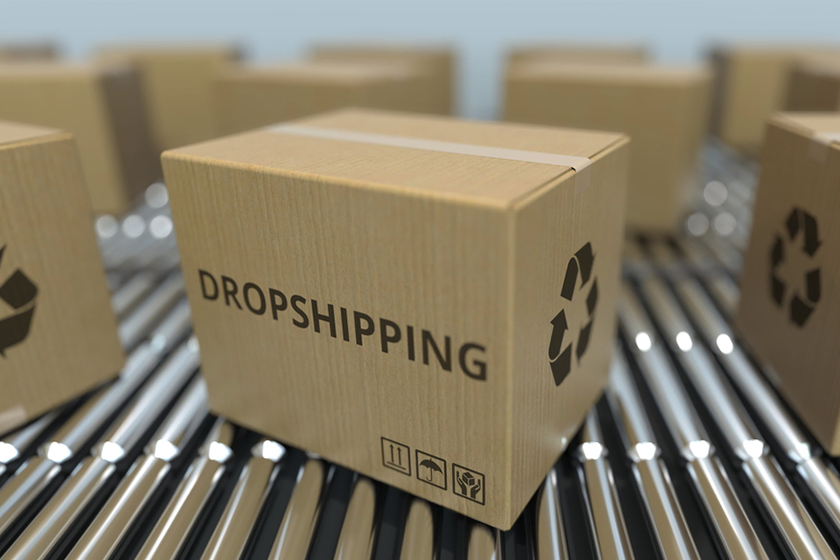Amazon FBA Vs. Dropshipping: What’s The Difference?

In the fast-paced world of e-commerce, Amazon FBA and dropshipping are two popular models that entrepreneurs often find themselves choosing between. At a glance, both methods seem to offer the promise of minimal inventory hassle. However, diving deeper into "Amazon FBA vs dropshipping" unveils distinct operational differences, each with its own set of advantages and challenges.
What is Amazon FBA?
Amazon FBA, or Fulfillment by Amazon, is a service where Amazon handles the storage, packing, and shipping of your products. As a seller, you send your products to Amazon's fulfillment centers. When a buyer makes an order, Amazon packs it and ships it on your behalf. Additionally, they handle customer service and returns for these orders. This model alleviates many of the logistical burdens from the seller, allowing them to focus on sourcing products and optimizing listings.
The Dropshipping Model
On the flip side, dropshipping is a retail fulfillment model where a store does not stock the goods it sells in its storage. Instead, when it makes a sale using the dropshipping model, it buys the product from a manufacturer or wholesaler and ships it to the customer directly. This means that the seller does not handle the product directly. The major draw here is that you do not need significant up-front investment for inventory, and you only purchase goods after securing a sale.
Key Differences Between Amazon FBA and Dropshipping
When it comes to "dropshipping vs Amazon FBA," several core differences can influence an entrepreneur's decision:
- Inventory Management: With Amazon FBA, you purchase your products upfront and send them to Amazon's fulfillment centers. This means that you need to invest in inventory. Dropshipping, on the other hand, requires no upfront inventory, as products are sourced after a sale is made.
- Capital Requirement: Amazon FBA generally demands a more significant initial investment to purchase products and cover FBA fees. Dropshipping, due to its on-demand nature, is typically less capital-intensive to start.
- Control Over Shipping & Handling: Using Amazon FBA, much of the shipping, handling, and customer service are outsourced to Amazon, leading to a more hands-off approach. In contrast, dropshipping requires you to manage relationships with suppliers, which could be domestic or international, often leading to longer shipping times and varied shipping costs.
- Returns and Refunds: With Amazon FBA, Amazon handles returns and refund services, making the process smoother for the seller. In dropshipping, returns can be more complicated, as coordination between the customer, dropshipper, and supplier is necessary.
Which is Right for You?
Both Amazon FBA and dropshipping have their merits. If you are looking for a more hands-off approach with a potentially broader audience (thanks to Amazon's massive user base), Amazon FBA might be a better fit. However, it does come with higher startup costs due to initial inventory purchase and Amazon's fees. Additionally, if any issue arises with inventory management, services that recover missing inventories can be a lifesaver.
Conversely, if you are starting with limited capital and wish to test multiple products without a significant investment, dropshipping could be the way to go. It offers flexibility and is less risky in terms of upfront costs, but demands a keen understanding of supplier management and often requires more effort in customer service.
Conclusion and Further Steps
Understanding the nuances of "Amazon dropshipping vs FBA" is vital for any entrepreneur looking to make an informed choice. Each model offers unique opportunities, and the best fit largely depends on individual goals, capital, and the desired level of involvement.
For those leaning towards Amazon FBA, being aware of potential pitfalls, and leveraging services like recover overcharged or incorrect FBA fees can further optimize the experience. Ultimately, with the right knowledge and resources, both paths can lead to e-commerce success.
Navigating the world of e-commerce requires making informed choices. Dive deep into the distinctions and opportunities of Amazon FBA vs dropshipping here.
